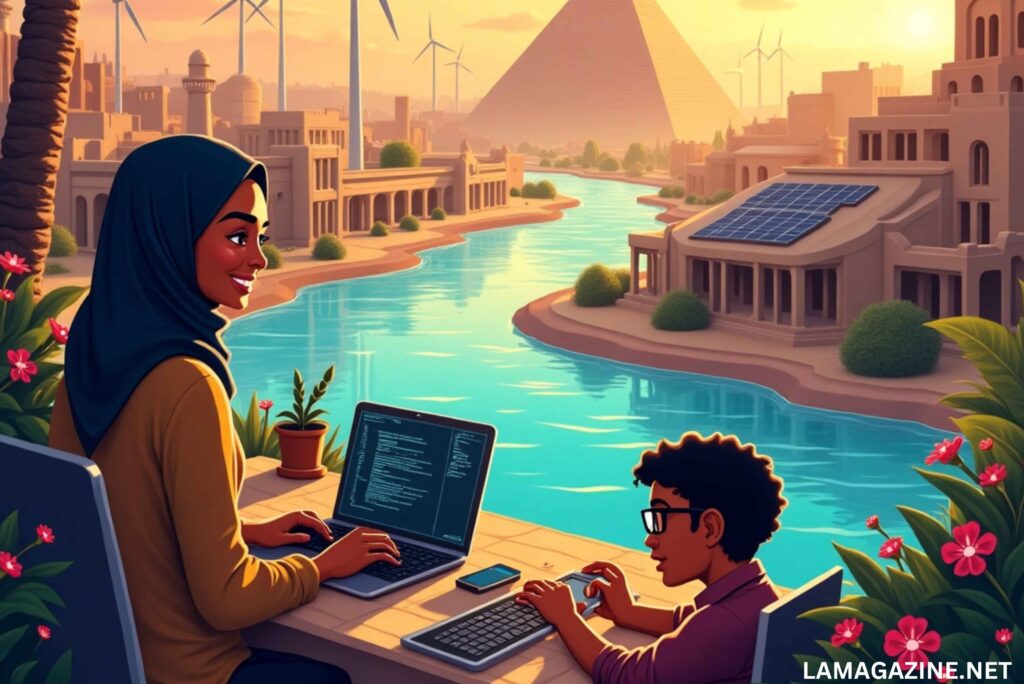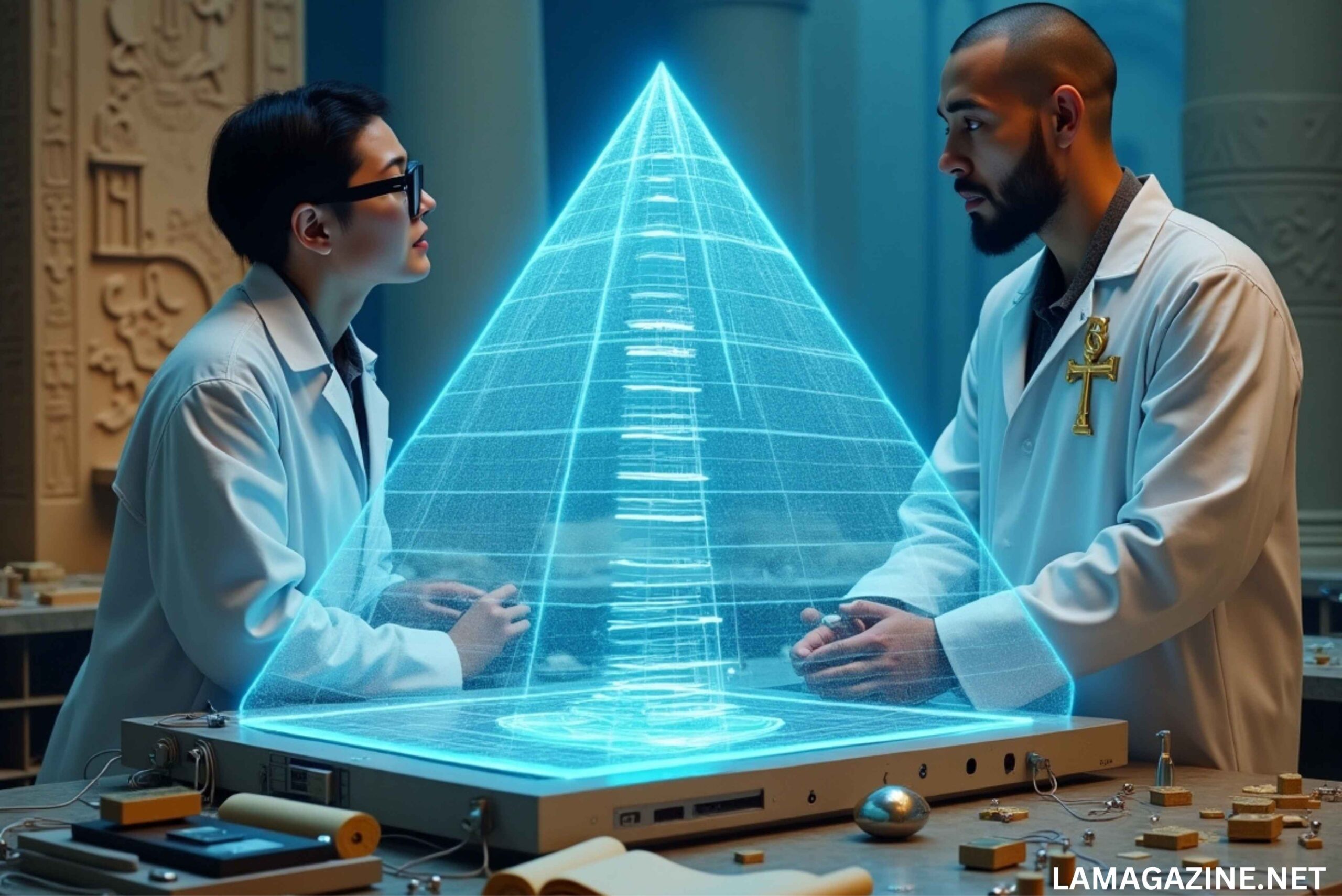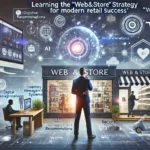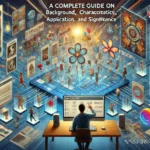The chinese egyptian technology integration comparison in modern societies is a fascinating lens through which we can examine the interplay between historical legacy and contemporary progress. China and Egypt, two nations with rich histories of innovation, provide a compelling case study for such an analysis. Both civilizations have contributed immensely to the global pool of knowledge, from ancient times to the present day. This article delves into the Chinese-Egyptian technology integration comparison, exploring how these nations are bridging their ancient innovations with modern technological advancements.
Ancient Foundations: A Legacy of Innovation
China and Egypt are often celebrated for their ancient technological achievements, which laid the groundwork for future advancements. Ancient Egypt is renowned for its architectural marvels, such as the pyramids, which required sophisticated engineering, mathematics, and organizational skills. The Egyptians also pioneered advancements in medicine, astronomy, and irrigation systems, which were critical for their agricultural society.
Similarly, ancient China was a hub of innovation, giving the world inventions like paper, gunpowder, the compass, and printing. Chinese engineering feats, such as the Great Wall and the Grand Canal, demonstrate their mastery of large-scale projects. Both civilizations relied on their deep understanding of science, mathematics, and resource management to achieve these milestones.
Modern Technology Integration: A Comparative Overview
In the modern era, both China and Egypt have embraced technology as a driver of economic growth and societal development. However, their approaches to technology integration reflect their unique cultural, economic, and political contexts.
China: A Global Tech Powerhouse
China has emerged as a global leader in technology, with a focus on innovation and self-reliance. The country’s rapid industrialization and investment in research and development (R&D) have positioned it at the forefront of sectors like artificial intelligence (AI), 5G telecommunications, and renewable energy. Chinese companies such as Huawei, Tencent, and Alibaba are household names, symbolizing the nation’s technological prowess.
One of the key factors behind China’s success is its strategic integration of ancient principles with modern technology. For example, traditional Chinese medicine (TCM) has been combined with AI and big data to create personalized healthcare solutions. Similarly, China’s ancient agricultural practices are being revitalized through smart farming technologies, ensuring food security for its massive population.
China’s government has also played a pivotal role in fostering technology integration. Initiatives like “Made in China 2025” and the Belt and Road Initiative (BRI) aim to enhance the country’s technological capabilities and global influence. By leveraging its historical strengths and investing heavily in innovation, China has become a model for technology-driven development.
Egypt: Harnessing Technology for Sustainable Growth

Egypt, while not as dominant as China in the global tech landscape, has made significant strides in integrating technology into its economy and society. The country’s strategic location, youthful population, and growing digital infrastructure have positioned it as a regional tech hub in the Middle East and North Africa (MENA).
One of Egypt’s most notable achievements is its focus on renewable energy, particularly solar power. Inspired by its ancient mastery of the sun (evidenced by solar alignments in structures like the Karnak Temple), Egypt has launched ambitious projects like the Benban Solar Park, one of the largest solar installations in the world. This integration of ancient wisdom and modern technology underscores Egypt’s commitment to sustainable development.
Egypt has also embraced digital transformation, with initiatives aimed at improving governance, education, and healthcare. The government’s “Digital Egypt” strategy seeks to create a knowledge-based economy by promoting innovation, entrepreneurship, and digital literacy. Additionally, Egypt’s thriving startup ecosystem, supported by initiatives like the Information Technology Industry Development Agency (ITIDA), highlights its potential as a tech innovator.
Bridging Ancient and Modern Innovations
The Chinese-Egyptian technology integration comparison reveals striking parallels and differences. Both nations draw inspiration from their ancient innovations to address contemporary challenges. For instance, China’s use of AI in TCM and Egypt’s solar energy projects demonstrate how historical knowledge can inform modern solutions.
However, the scale and scope of technology integration differ significantly. China’s centralized planning and substantial financial resources have enabled it to achieve rapid technological advancement on a global scale. In contrast, Egypt’s efforts are more localized and focused on addressing regional needs, such as water scarcity and energy security.
Challenges and Opportunities
Despite their successes, both China and Egypt face challenges in their technology integration journeys. China must navigate issues like intellectual property disputes, global competition, and the ethical implications of AI. Egypt, on the other hand, grapples with limited funding, bureaucratic hurdles, and the need to upskill its workforce.
Nevertheless, opportunities abound for both nations. China’s Belt and Road Initiative offers a platform for collaboration with Egypt, particularly in infrastructure and technology projects. Egypt’s youthful population and strategic location make it an attractive partner for Chinese investments in the MENA region. Together, these nations can leverage their shared heritage of innovation to drive global progress.
Conclusion
The Chinese-Egyptian technology integration comparison highlights the enduring relevance of ancient innovations in shaping modern technological landscapes. By bridging their historical legacies with contemporary advancements, China and Egypt are not only addressing their own developmental challenges but also contributing to global innovation. As they continue to integrate technology into their societies, these nations serve as a testament to the power of cultural heritage in driving progress. Whether through China’s AI-driven healthcare or Egypt’s solar energy projects, the fusion of ancient wisdom and modern technology offers a blueprint for sustainable and inclusive development in the 21st century.
In a world increasingly defined by rapid technological change, the Chinese-Egyptian comparison reminds us that the past and the future are not mutually exclusive. Instead, they are interconnected, offering valuable lessons and inspiration for nations striving to harness technology for the greater good.
FAQs
1. What are the key areas of technology integration in China and Egypt?
China focuses on advanced technologies like AI, 5G, and renewable energy, while Egypt emphasizes renewable energy (especially solar power), digital transformation, and smart agriculture.
2. How do ancient innovations influence modern technology in China and Egypt?
China integrates ancient practices like traditional Chinese medicine (TCM) with AI, while Egypt draws inspiration from its ancient solar alignments to develop modern solar energy projects.
3. What role do governments play in technology integration in both countries?
China’s government drives technology integration through initiatives like “Made in China 2025” and the Belt and Road Initiative. Egypt’s government supports tech development through programs like “Digital Egypt” and ITIDA.
4. What are the main challenges faced by China and Egypt in technology integration?
China faces challenges like global competition and ethical concerns around AI, while Egypt deals with limited funding, bureaucracy, and workforce upskilling.
5. How do China and Egypt collaborate on technology projects?
Collaboration occurs through China’s Belt and Road Initiative, which includes infrastructure and technology projects in Egypt, such as renewable energy and smart city developments.









